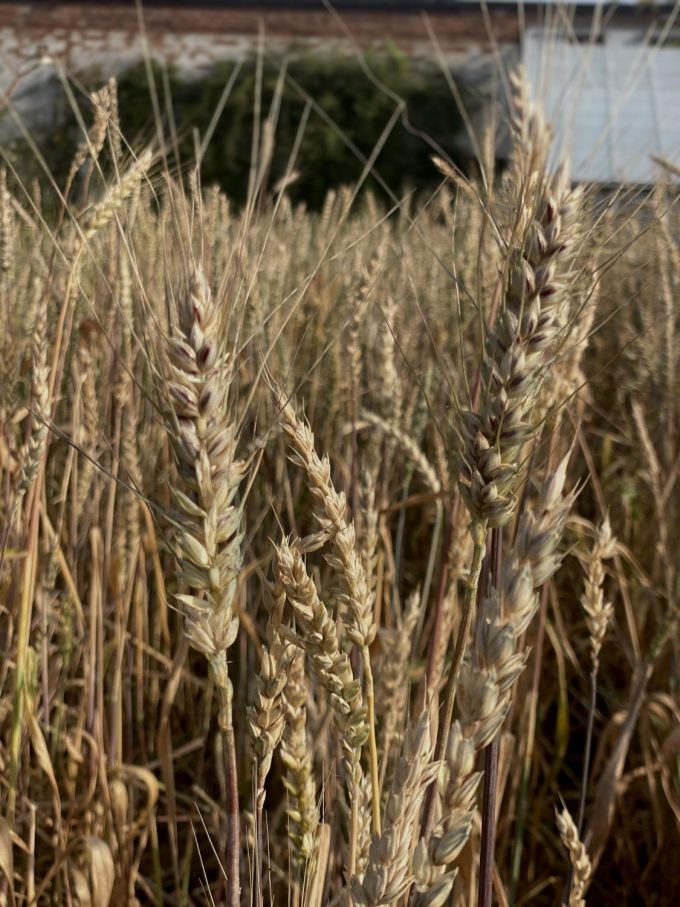Reference Number: 572
Year: 2006
Link: Link to original paper
Summary

Abstract
Plant breeders, challenged to create more nutritious crops, face seemingly radical choices that constitute a ‘breeder’s dilemma’. In the search for higher yields and lower farming costs, have breeders inadvertently selected for crops with reduced nutritional quality? To create foods that keep pace with our growing understanding of what constitutes healthy diets, plant breeders may need to make a significant shift away from traditional selection criteria. Subsidizing crop nutritional value rather than yield could be an important and economical driver for this shift in perspective.
Significance to the baker
The breeder’s dilemma is the decision faced by plant breeders to grow crops with a higher yield but which are less nutritious, or to grow crops with greater nutritional value but which may come with higher costs. This paper argues that the push for greater levels of production has significantly reduced the quality of the crops and food produced (inc. animal-derived foods). There is growing evidence linking our diets to type-2 diabetes, cardiovascular diseases, and cancers and a shift towards the production of nutritious crops may reduce the risk of developing these diseases.
Bread, in all its forms, plays a significant role in our diets. By learning about how wheat is produced and the true nutritional value of the flour that we use, we can endeavour to introduce more nutritious grains and ingredients into our baking. Not only will your bakes taste good, but they’ll also be nourishing your body.

